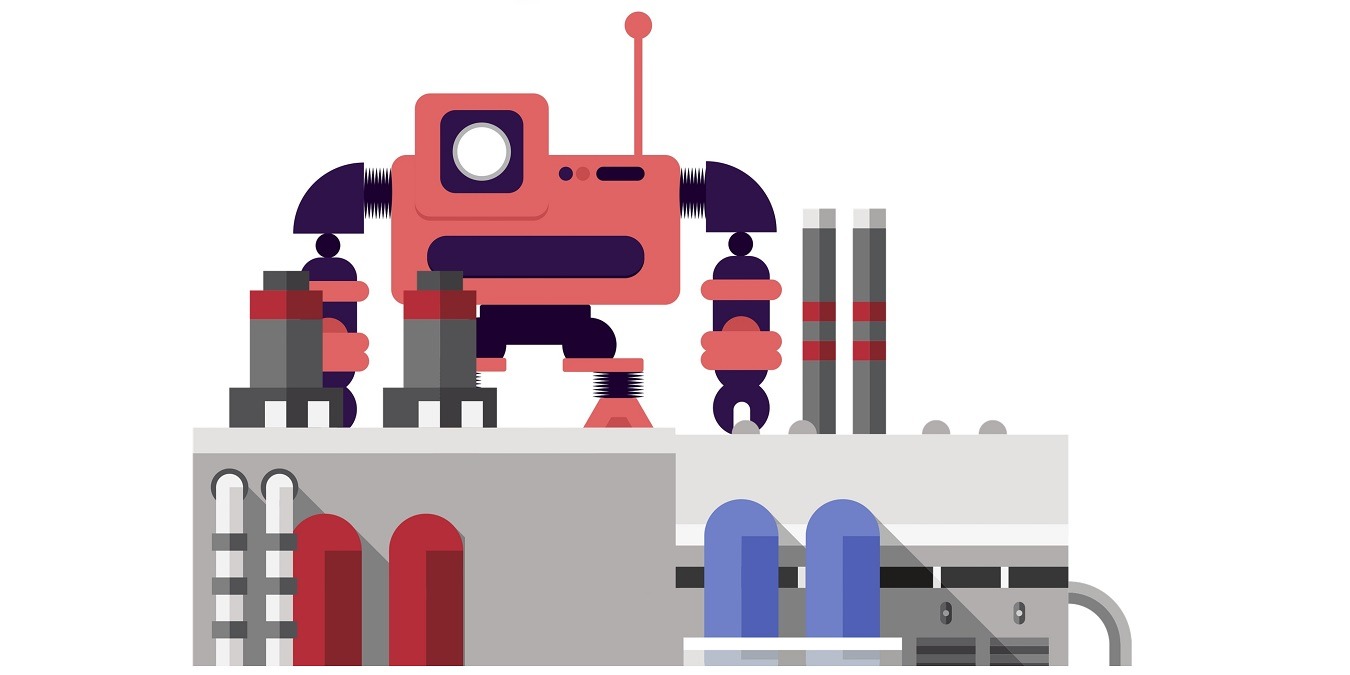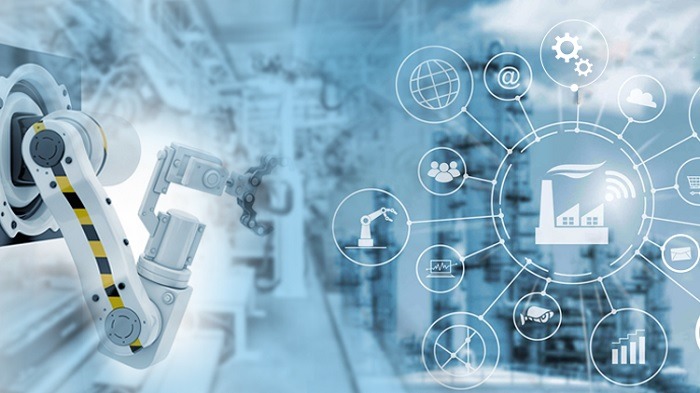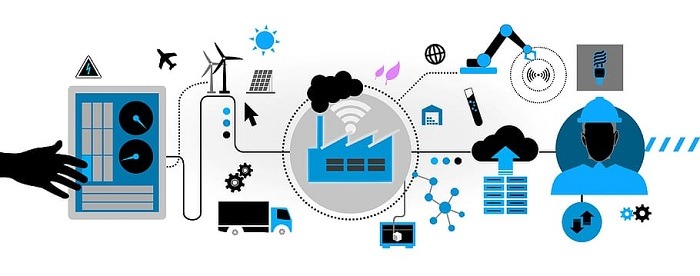
Robotic Process Automation (RPA) is the latest buzz in the digital world, where robots mimic human actions to take over labor-intensive tasks. Automating and simplifying human tasks enable the workforce to focus on creative assignments and smarter outputs. Let’s take a closer look at why RPA is becoming such a rage in IoT.
What Is Robotic Process Automation?
Robotic Process Automation (RPA) can be defined as a set of procedures that use artificial intelligence, machine learning, bots, Big Data, and other related advanced technologies to handle repetitive processes in a workflow.
In simpler terminology, an RPA-driven work environment involves humans teaching the robots how to handle repetitive tasks. The bots, in turn, use the learning to perform a wide variety of roles. This is similar to how an experienced airline captain switches to autopilot. In a command mode, the autopilot takes over all communication with the flight-control system.

RPA bots have their uses in many industries: for example, in finance they can be trained to file tax reports. I, for one, need such a thing badly because I’m not very good with Excel, and there are too many microscopic details in a tax audit which can be frustrating. RPA is the way to go!
An IT admin can similarly train the RPA bots for remote desktop cleanups. A salesperson can train them to create campaigns on SugarCRM and similar tools. An HR manager can use their help to convert word resumes to bite-sized machine readable entries which can be directly fed to a company database.
What Parts Make Up Robotic Process Automation?
An RPA ecosystem consists of a controller device and programmable or intelligent bots. There is always an invisible human hand at a back system, mainly through a graphical user interface (GUI) which sets the bots in motion.

The bots, in turn, communicate among each other through other internal systems using machine learning or artificial intelligence to solve a problem in a business process. The algorithms of the bots are defined by special computer programs which are designed to achieve a given task.
Here’s the example of an RPA bot developed by Automation Anywhere which converts text to mp3 files. As soon as you run the bot from a GUI button, it will lead to a textbox where any added text is automatically converted to an mp3 file.
Whether you want to copy-paste data, move files, open emails and attachments, or make printouts, RPA companies are working on bots that can automate the task for you.
Robotic Process Automation in the Internet of Things
Robotic Process automation is proving very useful in several IoT applications that deal with AI and ML activities. Currently, research is underway in the following business areas:
- Edge computing: in edge computing deployments, cloud bots can help with faster data processing, translate unstructured data, and reduce on-premise costs and downtime issues.
- Cybersecurity: in an IoT-driven world, what could be better than allowing AI and ML-enabled bots to detect security issues in smart devices? Do you have intruders in your smart home? Let the bots get to them first.

- Smart factories: the inventories and logistics of tomorrow will have RPA bots monitor the condition of assets, handle process safety, and create automated supplies based on demand. The human operator only needs to set the business process in motion, and the bots can take it from there.
- Retail: the future of retail will involve invisible payments, drone deliveries, and automated checkouts. The bots, which are driven by ML, will play a major role in running these chains.
There are many companies involved in RPA technology including UIPath, Automation Anywhere, and many others.
Conclusion
The word “automation” often gets a bad rap due to a wide belief it can only spell job losses and wage cuts for workers. Still, hardly anyone would argue against the use of computers in an office environment. This is the real aim of automation: to handle the tasks that are time-consuming, repetitive and prone to human error.
Robotic Process Automation may define the future course of industrialization in the IoT era.








